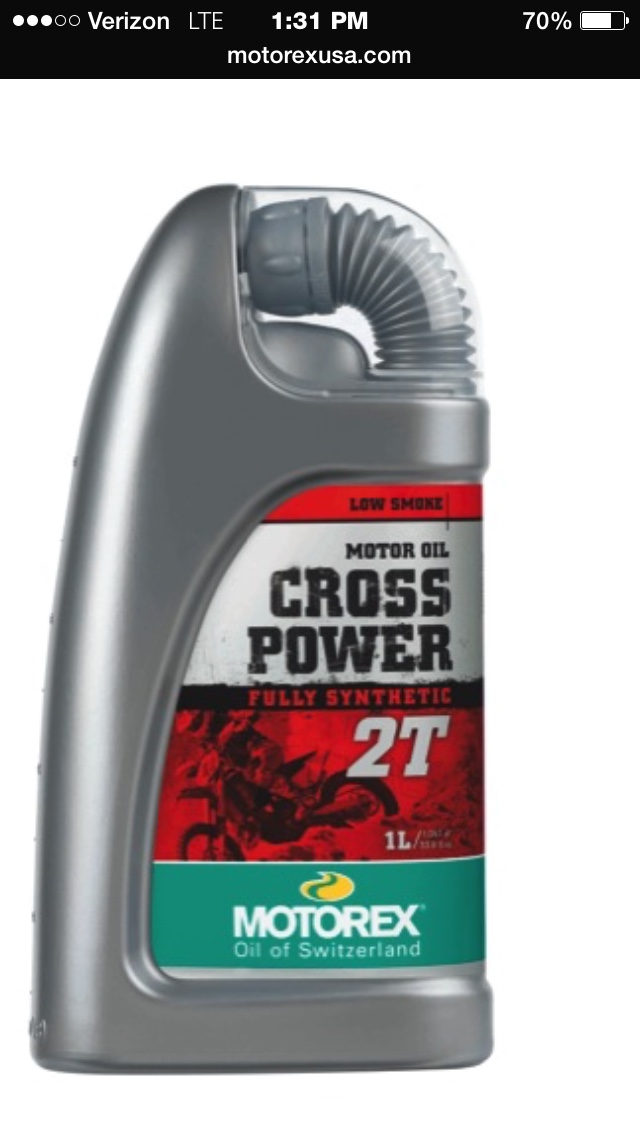I have tried a few variations of the .404 ,dry fir is picky on chain for being grabby so that was my test wood ,normal square like i cut with was fast but jerky ,round at 10 degrees top plate ,20 side plate on the usg grinder (aggressive sideplate ) still grabby and tearing fibers too much ,10 degree top plate ,base slide /side plate set to zero was real smooth but slower ,gave the nicest finish also ,but the .404 seems faster than the 3/8 ,i think the wider kerf moves more material faster ,bigger dust chips are on the ground also ,on the alaska mill i do not get the jerkyness like i do with the norwood also with the powerhead set up high in the air ,so a more aggressive chain can be used on the alaska mill ,if look in the image it is up in the air on the square tube ,so a grabby chain makes the tube bounce and flex ,down low it is not as bad on the flex
View attachment 429570

























































